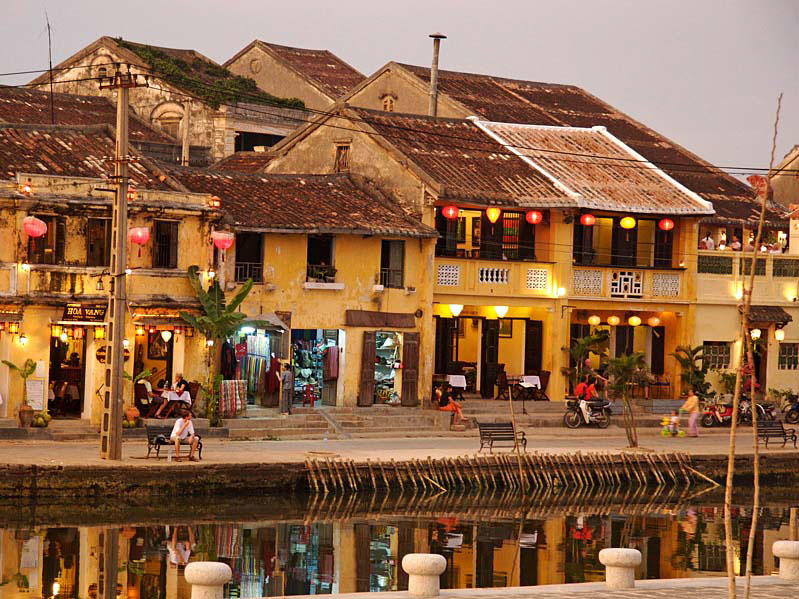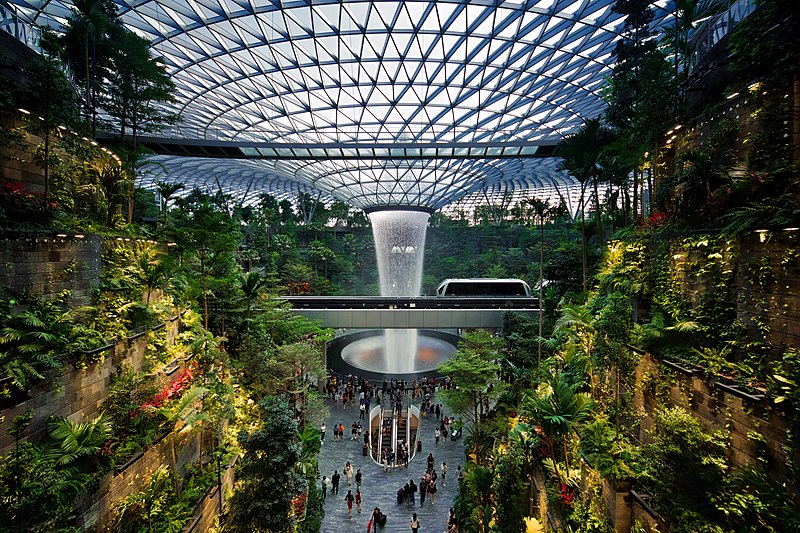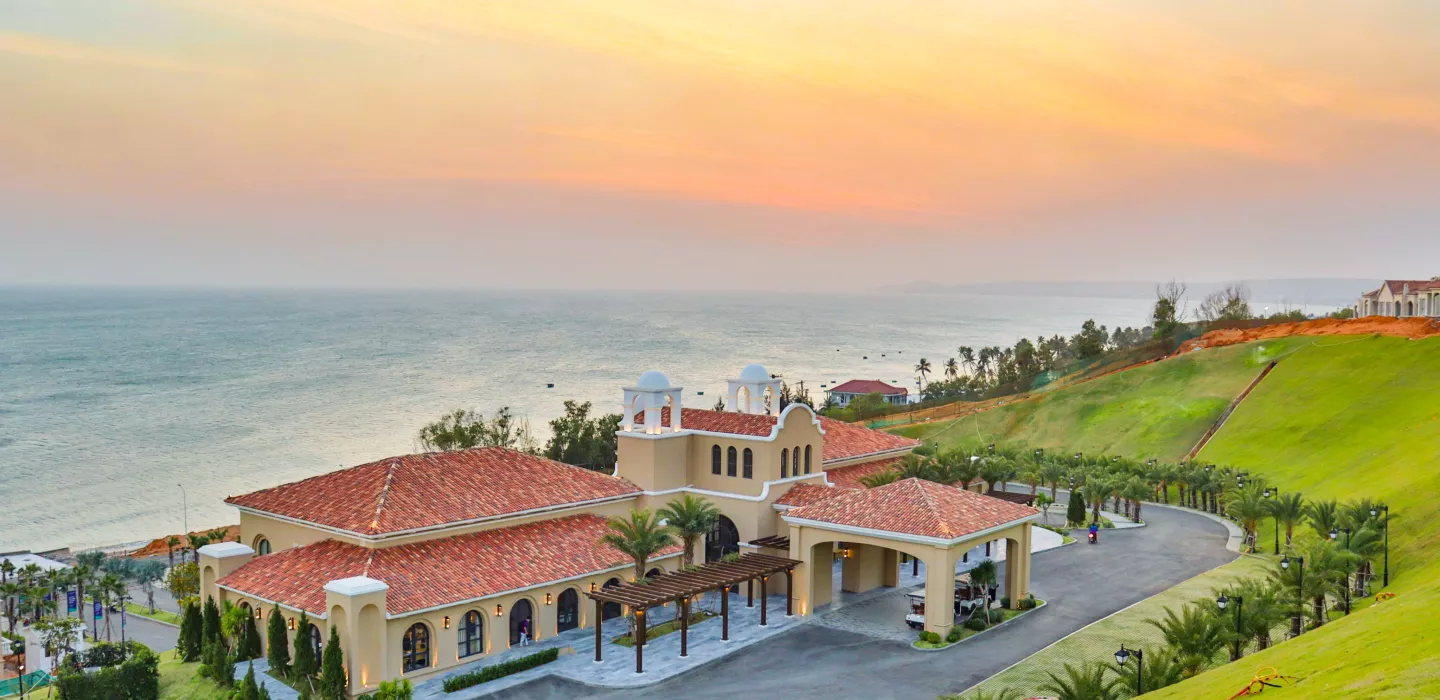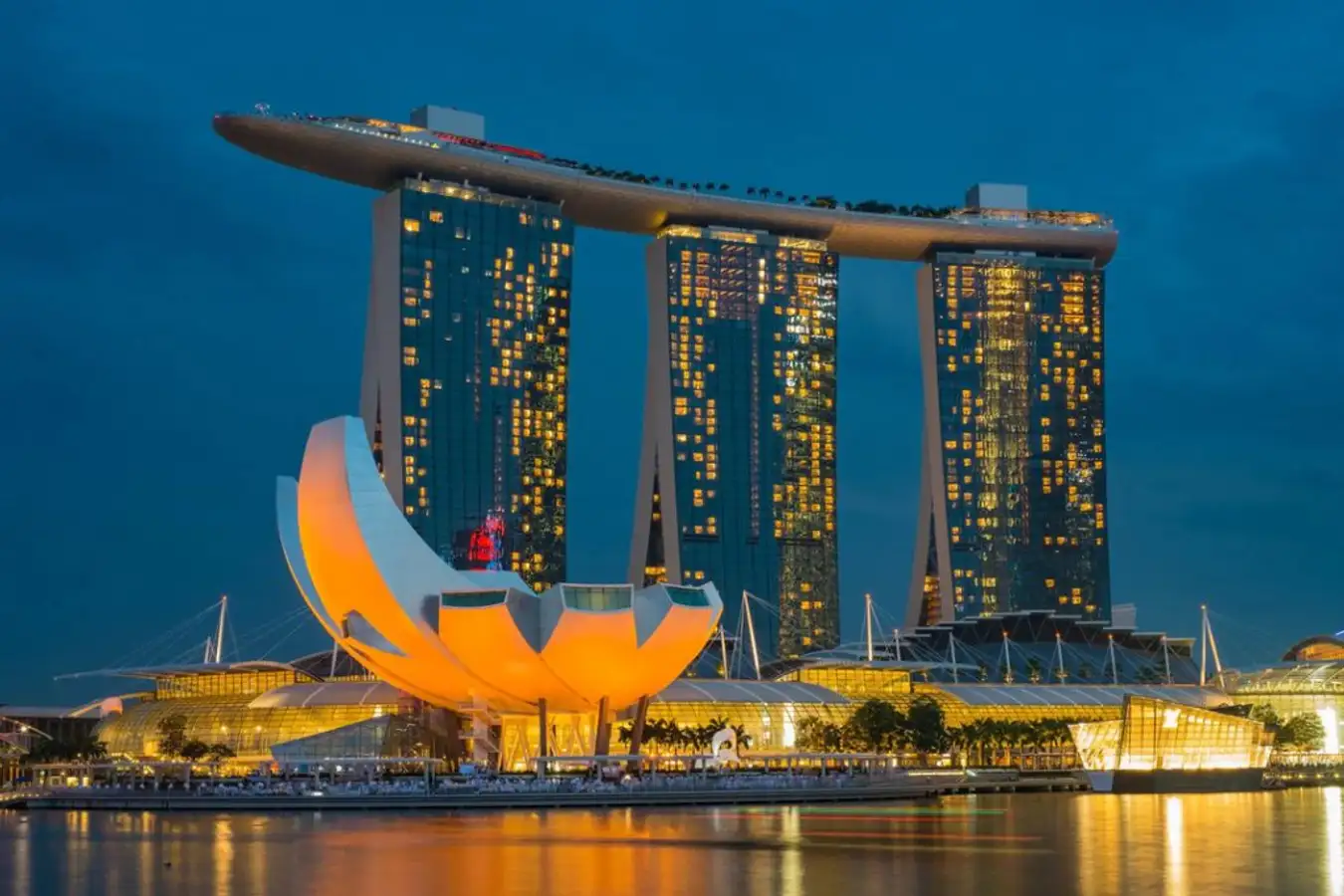
HỘI AN — The UNESCO-recognized world heritage site of Hội An ancient town is set to transform into an eco-city and a hub for cultural and sustainable tourism by 2030, with a vision to become a ‘green’ and ‘smart’ city by 2050.
Nguyễn Văn Sơn, Chairman of Hội An City’s People’s Committee, shared details of the city’s Master Plan for 2021-2030 with a vision for 2050 during a working session with Quảng Nam provincial leadership. He emphasized that heritage preservation, unique culture, and nature conservation are top priorities and key foundations for sustainable development.
“For decades, Hội An has focused on preserving its heritage, maintaining its ancient values as the bedrock for sustainable growth in the new wave of development,” said Sơn. “We prioritize heritage preservation for growth and allocate funds for the conservation and restoration of relics and heritage. The Master Plan highlights the importance of heritage restoration as a top investment priority.”
Architect Lương Ngọc Trung, design director of Arep Ville, a French company involved in the development of Hội An’s Master Plan, explained that Hội An aims to achieve second-class urban area status by 2030 and ‘smart’ city standards by 2050. The ancient town will be designed as an eco-city and an international cultural destination based on unique traditions, sustainability, and climate change resilience. The smart urban zone will connect with Điện Bàn Town, Tam Kỳ City, and Núi Thành district, promoting smart and green tourism services.
The plan envisions Hội An accommodating 160,000 people on 2,841 hectares by 2030, expanding to 3,274 hectares for a population of 230,000 by 2050. Development will extend westward, including Thanh Hà pottery village and the Cẩm Hà botanic garden zone.
Earlier this year, Quảng Nam province proposed a comprehensive restoration plan for Hội An ancient town and its relics, requiring an estimated VNĐ1.67 trillion (US$66.8 million) for 2030-35.
Recognized as a UNESCO world heritage site in 1999, Hội An boasts 1,439 relics and old houses, 80% of which are in the Old Quarter and were built 100 to 200 years ago. The town has partnered with the Japan International Cooperation Agency (JICA) to restore the centuries-old Japanese Bridge, a symbol of Hội An and Vietnam-Japan friendship.
Hội An is a major attraction in central Vietnam, drawing 13.5 million tourists between 2018 and 2022. In 2023, the city joined the UNESCO Creative Cities Network (UCCN) in the Crafts and Folk Art category. Several traditional festivals and crafts in the old town have been recognized as national heritages, including the Mid-Autumn Full Moon Festival, Nguyên Tiêu Festival, Thanh Châu bird’s nest, Thanh Hà Pottery Village, Kim Bồng carpentry, and Trà Quế vegetable garden. Hammock weaving from tree bark and making houses from bamboo and nipa-palm are also listed as national intangible heritage.
Promoting green and sustainable tourism, Hội An has implemented zero-waste, non-plastic, and low-carbon policies. The town has collaborated with JICA and Naha city from Okinawa Prefecture on eco-city projects and aims to become the first eco-city in Vietnam by providing 100,000 bicycles for residents.
The Chàm Islands-Hội An area, a UNESCO world biosphere reserve, and Cẩm Thanh Commune with its precious nipa palm swamps are key ecological zones in the Master Plan. Covering 60 square kilometers, Hội An has developed 22.5 square kilometers for agriculture and forests and 11 square kilometers for lakes and channels.
Additionally, Four Paws animal charity and Hội An have agreed on a memorandum of understanding to make the town tourist-friendly, free of dog and cat meat, and supportive of rabies elimination.



